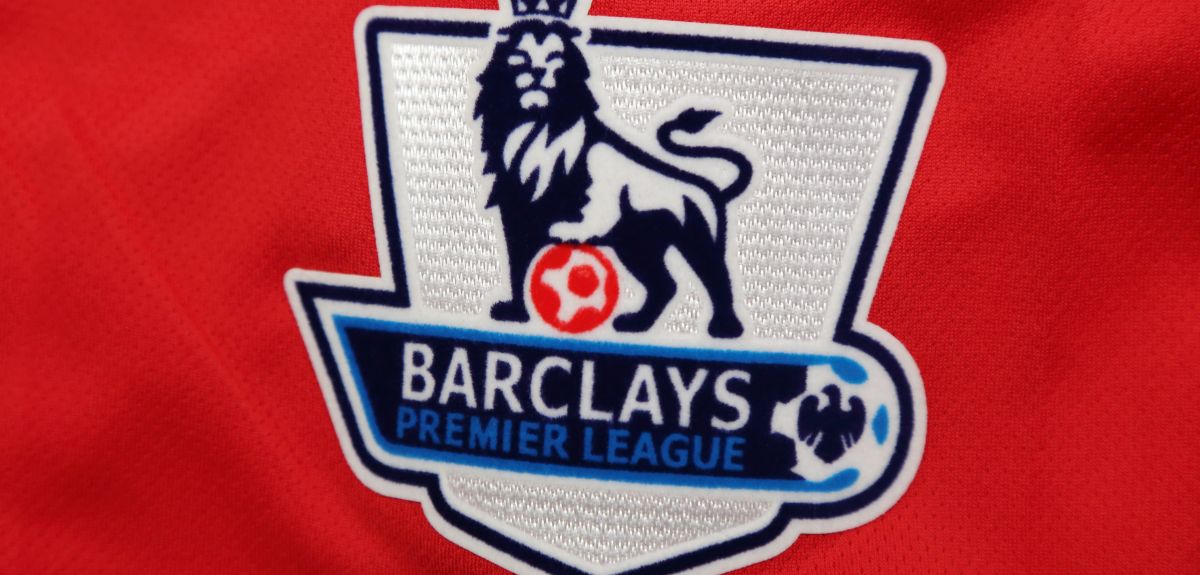
Wildlife royalties – a future for conservation?
Should people who profit from the cultural representation of wildlife pay towards conservation? That is the question asked in a new opinion piece written by zoologists from Oxford University’s Wildlife Conservation Research Unit (WildCRU
Writing in the journal Animals, they muse on whether organisations that profit in some way from wildlife imagery and popularity, could establish a corporate responsibility to contribute a portion of this income to the conservation of the animals represented.
Big cats for example, are a marketing dream. From catwalk trends to product branding and sports team representation, their likeness is everywhere and used to sell everything from patriotism to eggs. In fact, as the face of the British Lion Quality Seal, lions sell about 30 million eggs a day in Britain.
Using the product as an example, the paper argues that if a royalty system were introduced, and each lion stamp were to earn the species one tenth of a penny, then every day lion conservation could receive £28,900.That’s £10.5 million a year.
For centuries these species have brought people feelings of luck and protection, helping shape personal, professional, and national identities. It is now our turn to protect them and their habitat.
Professor David Macdonald, Director of WildCRU
But, the wildlife itself, is in crisis. Again, using lions as an example, the combined effects of everyday human conflicts with local African communities, poaching, habitat loss and trophy hunting mean there are now probably less than 25,000 left in the wild.
When you consider how much revenue could be made from egg sales alone, introducing a royalty for the use of wildlife imagery is both logical and highly lucrative way to fund conservation.
Caroline Good, WildCRU’s Recanati-Kaplan post-doctoral fellow in Art and Conservation, said: ‘Soccer is the most popular sport in the world and as a result one of the richest. The English Premier League uses a crowned lion as its logo. It is the richest of all the leagues and sells 5m strips a year. Even if the league contributed just £1 for every t-shirt sold per year, it would be enough to employ 4,000 local people to act as lion defenders each year, in areas where the species is under threat. It would also be good for the league’s charitable footprint and buy them a lot of good publicity into the bargain.’
On paper it seems like a system that would benefit all involved. But, it requires significant consideration to be effective. A species royalty scheme would primarily benefit carnivorous species and mega fauna, but it would leave less charismatic, ‘appealing’ wildlife without a financial lifeline. But, as apex predators, who sit at the top of the food chain, all wildlife sharing their habitat stand to benefit from the protection of big cats and mega fauna.
Dr Dawn Burnham, co-author and a researcher at Oxford’s WildCRU, said: ‘The quest for new mechanisms to fund conservation is a matter of live or death for wildlife. We have increasingly sophisticated Payments for Ecosystems Services and REDD schemes, but its not enough. Our idea for a royalty adds another option and, remembering that so many endangered species are in very poor countries this idea could cost little to the donors while making a huge difference.”
Professor David Macdonald, Director of WildCRU, said: ‘When you consider the volume of animal symbols, prints, and logos that adorn clothes, food, branding, and buildings, we are heavily indebted to charismatic wildlife. For centuries these species have brought people feelings of luck and protection, helping shape personal, professional, and national identities. It is now our turn to protect them and their habitat.'
 New Year Honours 2025
New Year Honours 2025
 New study reveals the COVID-19 pandemic’s impact on other causes of death
New study reveals the COVID-19 pandemic’s impact on other causes of death
 Researchers develop a way to test the ability of red blood cells to deliver oxygen by measuring their shape
Researchers develop a way to test the ability of red blood cells to deliver oxygen by measuring their shape
 New study calls for radical rethink of mental health support for adolescents
New study calls for radical rethink of mental health support for adolescents
 Oxford-led project awarded £2 million to revolutionise clean hydropower energy
Oxford-led project awarded £2 million to revolutionise clean hydropower energy